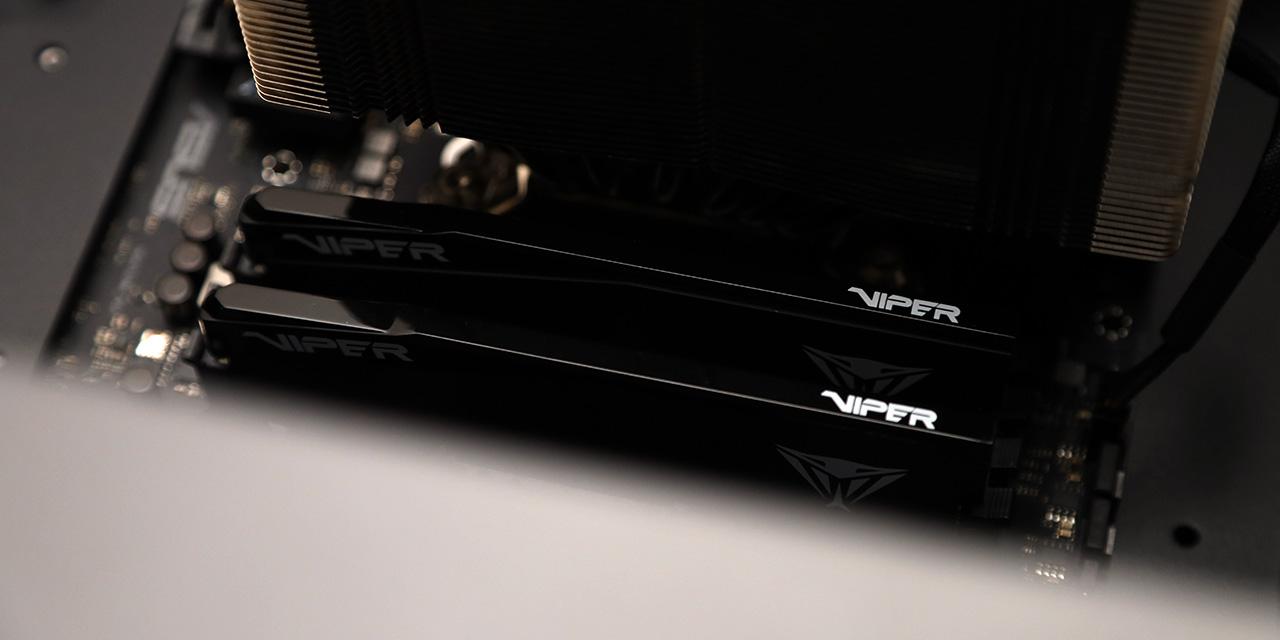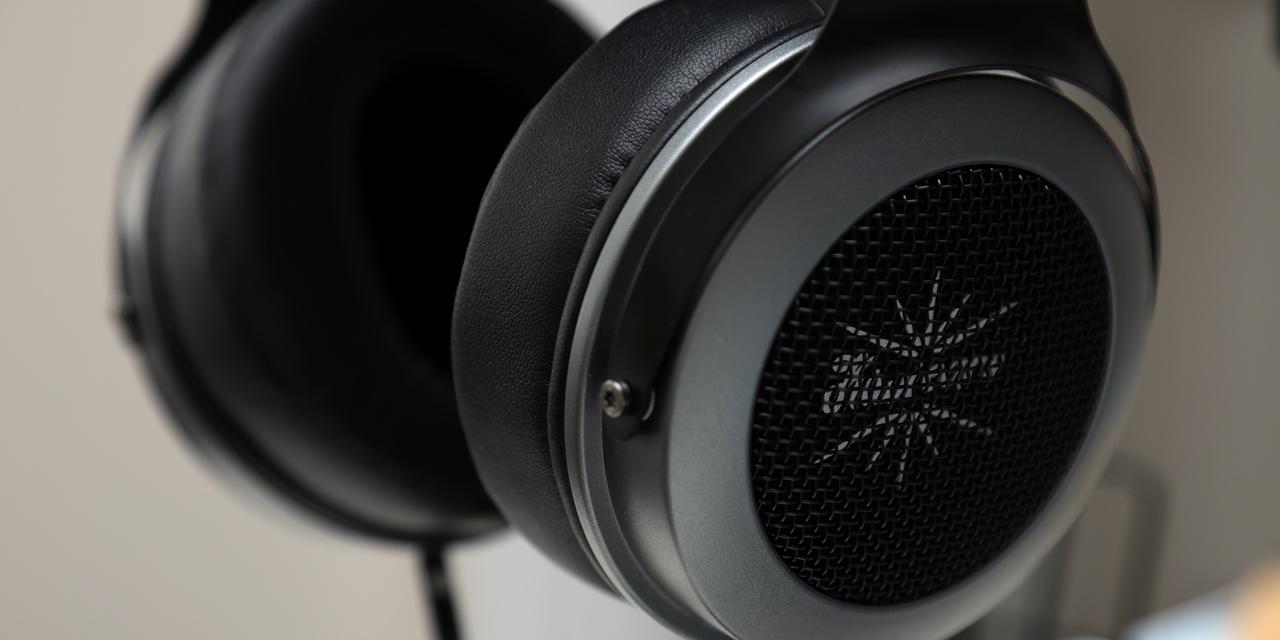Page 3 - Recording Performance Tests

Directing our attention to the tests, a lavalier microphone is typically paired with video recording devices such as cameras or smartphones. These microphones are favored for their ability to capture clearer audio while allowing the camera to be positioned further away from the subject and potentially reducing background noises. Here at APH Networks, we have evaluated various microphones, from integrated headphone mics to standalone solutions. Rather than simply stating subjective impressions like "It picked up my voice loud and clear, 10/10", we assess specific qualities to objectively validate performance across differing use cases like capturing spoken word or musical performances. A single product may not be made for every solution, but these tests will reveal any distinctions in capabilities. In the case of the Maono WM620, I primarily tested this wirelessly with my Apple iPhone 15 Pro using the USB Type-C receiver. All recordings were conducted with this phone, but you can also plug this into your computer if you so desire.
Upon listening to our first tests with the Maono WM620, I was pleasantly surprised. In the first track, my voice was reproduced cleanly and sounded mostly natural. Placed closer to my chest, this effectively avoided capturing any harsh puffs of air, resulting in a pleasant listening experience. The audio lacked any robotic or nasally quality and even surpassed the microphone input quality found on some gaming headphones. Moreover, it provided a more immediate and intimate sound to the listener with significantly less echo compared to the integrated one in my iPhone.
When watching videos of interviews outside, it is common to see one microphone clipped to the host while the other is held in their hand. A good lavalier option should effectively reject handling noises, especially when being moved around. The Maono WM620 performed decently in this regard. While I heard the shuffling noises when I was rotating the module in my hands, the noise captured was low in volume. Louder knocks or adjusting the integrated shirt clip did produce some notable sounds, although this is not entirely surprising. Overall, I was satisfied with the low volume of shuffling being captured.
Plosive sounds traditionally refer to speech sounds where the vocal tract is momentarily blocked, causing airflow to stop right before the pronunciation of certain consonants like p, k, t, d, b, or g. If you try making these sounds, you will notice a brief cessation of air right before the consonant is produced. This creates a "puff" or sudden change in air pressure that can be a bit harsh for listeners.
In our plosives test with the Maono WM620, I held the module while speaking directly into it to simulate a worst-case scenario. From a reasonable distance, the WM620 effectively reduced the harshness of plosive sounds. However, when I moved the microphone closer to my mouth, the plosives became a bit more pronounced. When the WM620 is clipped to your shirt or clothing, these sounds are likely minimized, primarily due to its placement rather than any specific feature.
The Maono WM620 offers two options of noise cancellation, so I decided to test it in a challenging scenario, which is directly in front of a fan running at full speed with the microphone attached to my shirt. Without ENC active, the fan was audible but surprisingly, I could still hear my voice relatively clearly. Upon activating the indoor mode, the fan noise lessened, but my voice was also quieter and somewhat distorted. Speaking caused the fan noise to become more audible. Switching to the outdoor mode, which offers stronger noise cancellation, reduced the fan noise further, although I did not notice a significant difference between indoor and outdoor. Overall, this scenario may be unlikely during recording, but I believe Maono could still improve its ability to maintain a more natural sound for the intended vocal capture, even if it means allowing more external noises to be heard.
The Maono WM620 offers a singing mode, which adds echo and reverberation to simulate a larger environment like a theater or hall. However, like many effects, the reverb sounded artificial, and personally, I found it garbled my voice more than I would like. I am unsure if I would use the reverb effect due to its unnatural capture, but it is still a notable feature addition nonetheless.
As for spoken word tests, I recorded myself with both units of the Maono WM620 placed on a table at opposite ends. When I was reading, I moved between the two microphones. It is worth noting that the Maono WM620 records both microphone modules onto a single track rather than splitting into left and right channels. While this simplifies post-capture processing, it also means you cannot isolate the capture from one unit versus the other. This limitation is understandable, but it restricts editing capabilities. Therefore, when listening to the track above, it became difficult to distinguish when I moved closer to one microphone and farther from the other. Nevertheless, the audio capture was natural and generally full sounding. For interviews and podcasts, I believe the Maono WM620 is still a very usable option, especially for on-the-go recording.
I tested the Maono WM620 while singing without using the reverb effect. I played my standard microphone test song on guitar while singing. One microphone was placed on the table in front of my guitar, and the other was clipped to my shirt to capture vocals. Immediately, I noticed the guitar strumming and sounds felt unnatural with fluctuations in volume. This became more pronounced when I started singing, leading the recording to sound somewhat distorted. I believe this is partly due to the microphone's lower maximum SPL rating and its attempt to capture both the guitar and vocals simultaneously. Based on this experience, I would not recommend using the Maono WM620 for recording instruments.
Page Index
1. Introduction, Packaging, Specifications
2. Physical Look - Hardware
3. Recording Performance Tests
4. Conclusion





